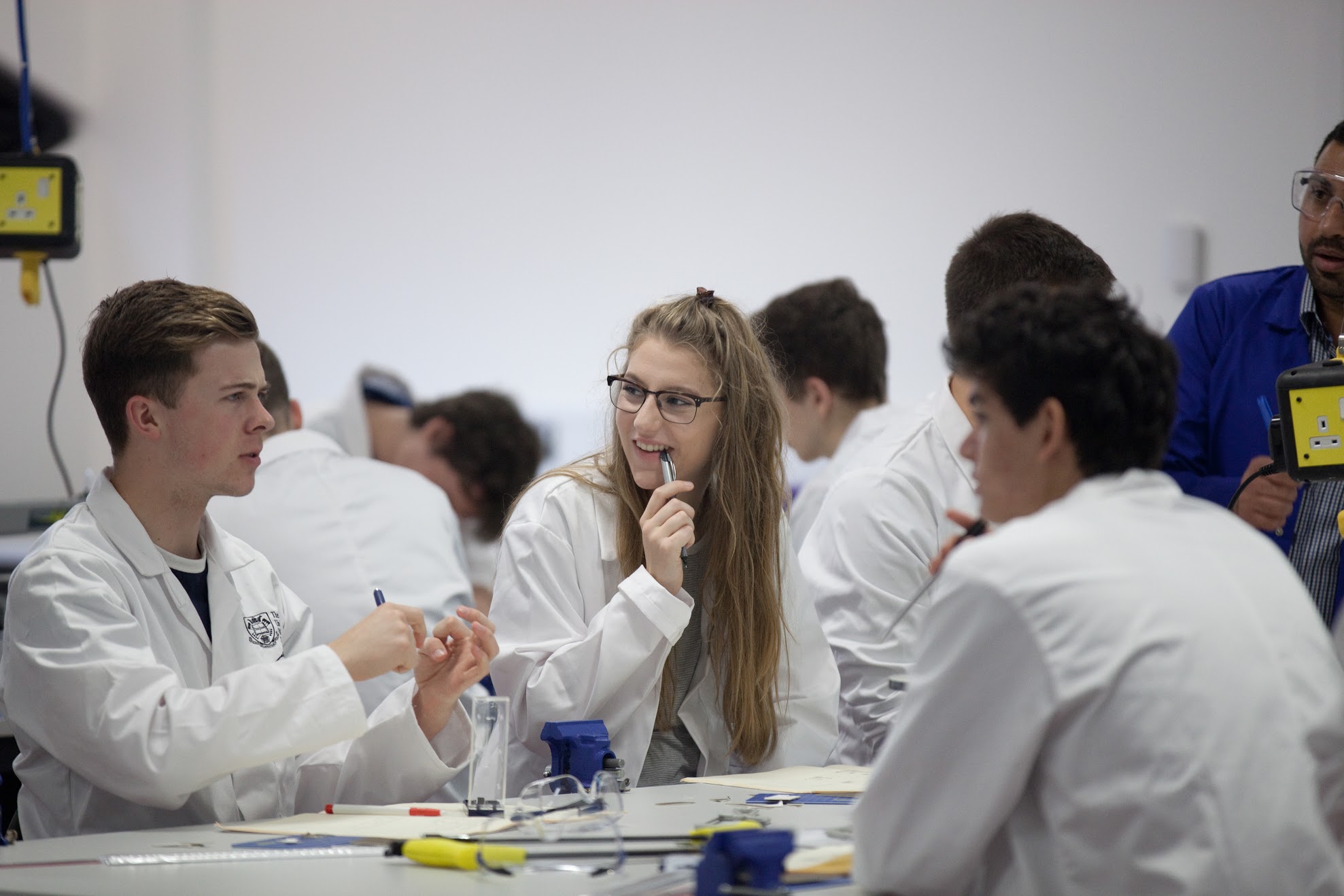
Setting the scene
We’re used to starting a conversation by first introducing our topic. It might be as simple as saying “when I was at the shops” before telling a story; whatever it might be, this information helps the listener to understand the context of the story. It is exactly the same when writing a technical report.
The Introduction gives your reader the necessary context for reading and understanding the rest of the material in your report. It should introduce the problem that you are trying to learn more about and the key application points for your work.
As this is a technical report, it is important to place your work into the context of the science surrounding it. Without a good introduction, the reader would not be able to grasp the significance of your results.
Your Introduction should contain:
- A review of the background literature - the relevant theory and methods should be included here (with references to back them up) in order to show a good scientific background to the work.
- An appreciation of the wider engineering context - what are the important theories or properties being tested and how are they utilised in real engineering situations?
- The specific problem that you are investigating - broken down into the aim and objectives of the experiment.
Think about your motivation for writing the report, consider what you are trying to achieve and use that to focus your work. A good way to start is to bullet point what you need to include or know already, then check that you are covering all the aspects of that section.
This can be done by considering some simple questions.
- Is the problem clearly defined?
- Have you explained why the problem is interesting?
- Are the foundations of the work explained? What have other people done in this area?
On the next step, we’re going to show you a typical engineering experiment and ask you to consider what information about the experiment you would want to include an Introduction. Make sure you read the text before you get going with the video.